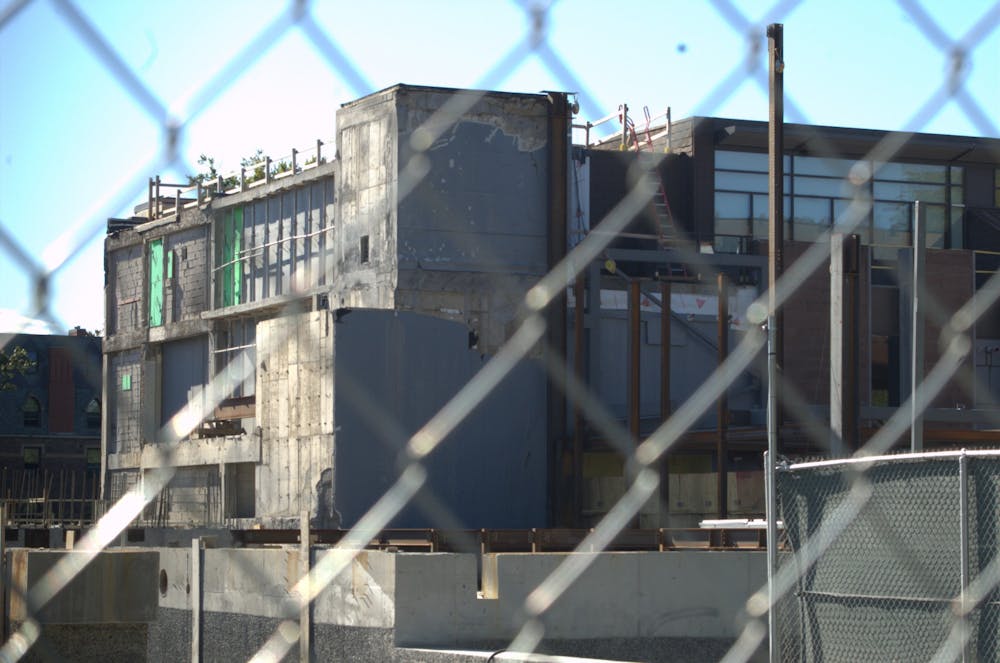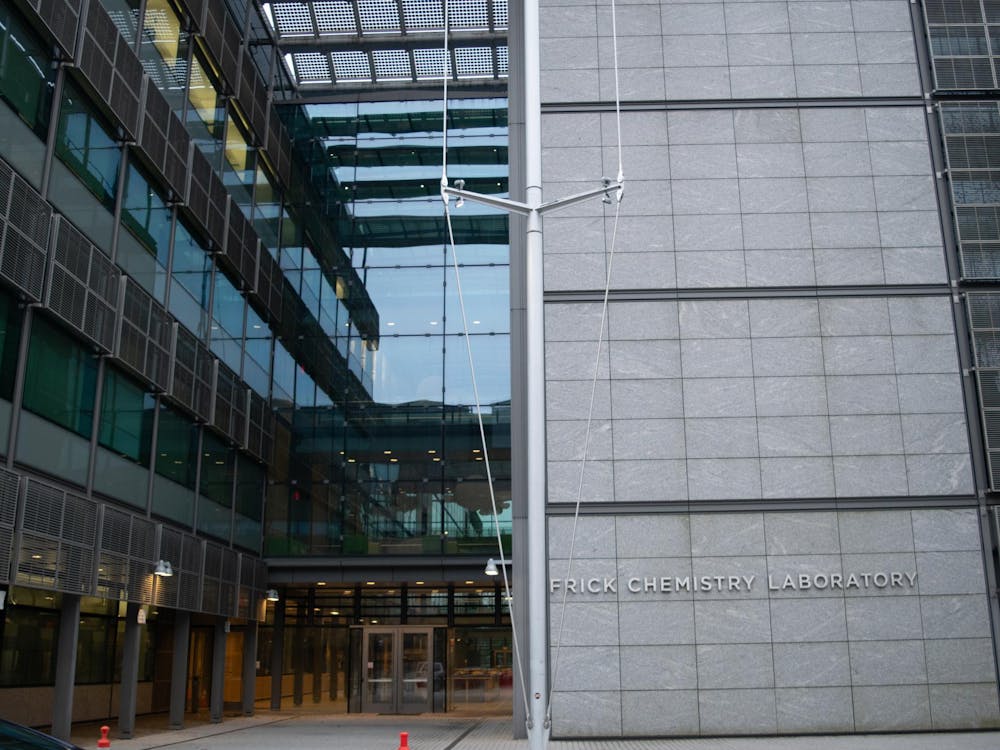Editor’s Note: This piece has been updated with comment from Edoardo Almagià.
Eleven pieces of art cumulatively valued at over $200,000 were seized from the Princeton University art museum, according to a search warrant filed by the Manhattan District Attorney’s (DA) Office and obtained by The Daily Princetonian. Issued on March 22, the warrant calls for the seizure of the items in question “without unnecessary delay.”
The Manhattan DA Office alleges that the art was stolen before the University acquired it. Six of the artifacts were loaned to the Art Museum by Edoardo Almagià ’73, an antiquities dealer based in Rome who is under investigation for illegally smuggling art from Italy to the United States for three decades and for filing false customs documents. The source or sources of the other seized objects were not disclosed in the warrant. The Department of Homeland Security is assisting in the investigation.
The seizure was first reported by The New York Times.
In a statement to the ‘Prince,’ Almagià said that he “wasn't very happy” when he heard about the art’s seizure. He said the artifacts he loaned to the University came from his family’s collection.
“I was quite sorry that the museum gave up objects which I had given as a loan, they have no rights to consign those objects,” he said.
“They were, frankly, idiots,” he added, referring to the Art Museum.
When asked how he came in possession of an Etruscan terracotta plaque, valued, according to the Manhattan DA search warrant, at 40,000 dollars — among two of the most valuable items loaned by Almagià to be seized — he said “to begin with, … it is worth probably 2000 dollars.”

He added that he could not recall precisely where he acquired the artifact from but that it was “a few years ago.”
“It is an absolutely irrelevant piece,” he told the ‘Prince.’
Also among the stolen artifacts seized is a calligraphic Qur’anic wall tile, dating from 1700-1900 C.E and valued at 45,000 dollars. This is the most expensive single artifact to have been seized.
This is not the first time that the Art Museum has had to return art. In 2002, it voluntarily returned a marble funeral monument after research at the Art Museum found that it been smuggled out of Italy. It also returned artwork in 2007 because the art had been stolen before the University’s acquisition.

In a statement to the ‘Prince,’ Associate Director for Communication and Information at the Art Museum Stephen J. Kim said that the Museum was “cooperating fully with authorities in an ongoing investigation.”
“We are always grateful for new information that allows us to fulfill our stewardship responsibilities relative to our collections, in keeping with our commitment to ethical collecting,” Kim wrote.
Given the current construction on the Art Museum, all works are currently being stored off-site.
Almagià, who graduated with a history degree from the University, has been implicated in similar offenses before. In 2010, he was investigated by Italian authorities for allegedly loaning artifacts stolen from Italian sites to American museums, including the Princeton Art Museum and the Metropolitan Museum of Art. Italian authorities also accused Michael Padgett, the then antiquities curator at Princeton, of knowingly acquiring stolen art from Almagià. Padgett denied the charges at the time, and the investigation of Padgett was ultimately dismissed and no charges filed.
The University did return some artwork to Italy in December 2011, though it did not say whether the returned art had been acquired from Almagià. In December 2011, the Metropolitan Museum of Art returned vase fragments donated by Almagià to Italy “to serve as evidence in the investigation and possible trial of Edoardo Almagià,” according to a comment given in March 2012 to the Princeton Alumni Weekly by a Met spokeswoman. However, the investigation did not lead to an indictment.
In a 2010 interview with the Princeton Alumni Weekly, Almagià said that he had stopped dealing art in 2002 and claimed that the Italian investigation had political motivations, characterizing it as a “masterpiece of irrationality and schizophrenia.”
“You are immediately equated with a criminal nowadays by being a collector. You have in Italy hundreds of thousands of people that have antiquities at home. They might have inherited them or bought them. In my youth, there were flea markets, and you could buy every antiquity you wanted. All those people that bought things – are they all criminals?” Almagià said at the time.
“Every American museum should fight for its right to acquire objects in the market,” he continued, “The Americans need to say: We believe in freedom, free markets, free enterprise. It’s a very serious ideological battle.”
In 2021, the Manhattan DA confiscated 160 artifacts from around the United States that, according to the New York Times, were “tied” to Almagià. That same year, 200 items, 150 of which were linked to Almagià, were delivered to the Italian consulate in New York. That marked the largest single repatriation of artifacts from the United States to Italy.
Almagià told the Times in 2021 that “So much money is being spent to persecute dealers when it can be used to repair Italian museums, where so many similar items are already at risk.”
The Times also reported that Almagià was stopped at John F. Kennedy airport in 2000 with two stolen frescoes and in 2006, federal agents raided his New York apartment, leading to the seizure of six items. He left the United States for Italy in the same year.
Sandeep Mangat is a head news editor at the ‘Prince.’
Please send any corrections to corrections[at]dailyprincetonian.com.
Correction: This story has been updated to reflect that the Italian investigation of Michael Padgett was dismissed without charges being filed. This article has also been updated to reflect that the 2002 art seizure from the University was voluntary. The ‘Prince’ regrets these errors.








